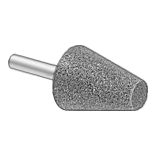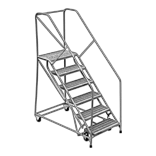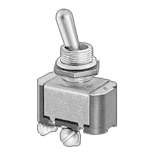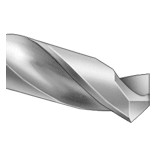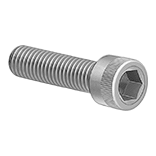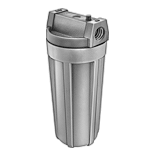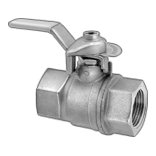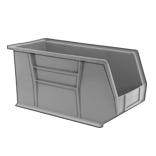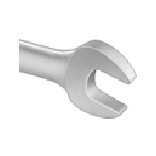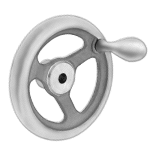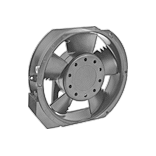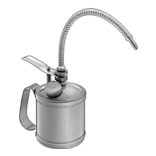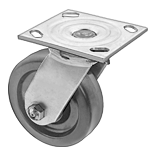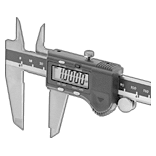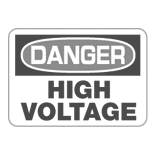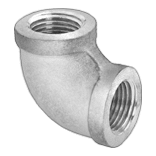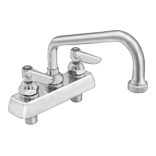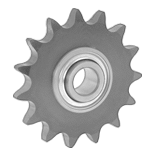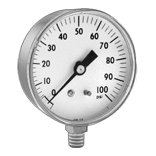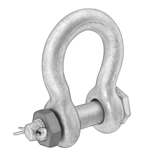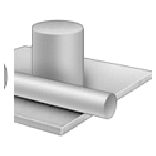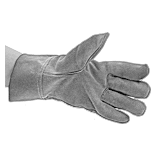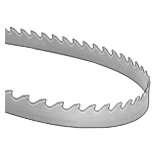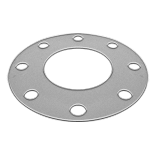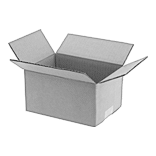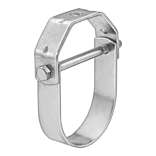Cylindrical Probe Styli for Thin Materials
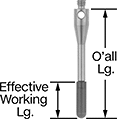
Measure holes and edges on sheet metal and other thin materials. The straight edges on these cylindrical styli maintain stable contact with thin materials better than the curved edges on a ball styli. However, they’re not as precise as ball styli. When they touch a workpiece, they trigger your coordinate measuring machine (CMM) probe to send a signal and measure geometric features. They’re often used with touch-trigger probes.
As a rule of thumb, you should use a stylus with the shortest length that works for your application. If a stylus is too long, it’s more likely to move farther than it should, reducing measurement accuracy.
Ruby ends are the most common because of how smooth, hard, and durable they are. Ruby is second in hardness only to diamond, so these styli won’t wear or lose their shape, which could lead to measurement errors. However, ruby doesn’t work well with aluminum or cast iron surfaces. Aluminum can rub off onto the ruby, and cast iron and ruby are prone to scratching each other during scanning jobs.
Probe styli with a round tip allow you to probe with the stylus end as if it were a ball stylus. The round end avoids touching your workpiece at more than one precise point, so they can detect small variations in flatness.
For technical drawings and 3-D models, click on a part number.
Material | Ball | |||||||||||
|---|---|---|---|---|---|---|---|---|---|---|---|---|
| End Dia., mm | Effective Working Lg., mm | O'all Lg., mm | Stem Dia., mm | Stem | Body | End Dia. Tolerance, mm | Grade | Sphericity Tolerance, mm | Manufacturer | Manufacturer Model Number | Each | |
M2 × 0.4 mm | ||||||||||||
Ruby End with Round Tip | ||||||||||||
| 2 | 7.2 | 21.2 | 1.6 | Stainless Steel | Stainless Steel | -0.00013 to 0.00013 | 5 | -0.00013 to 0.00013 | Renishaw | A-5000-7812 | 000000000 | 0000000 |
